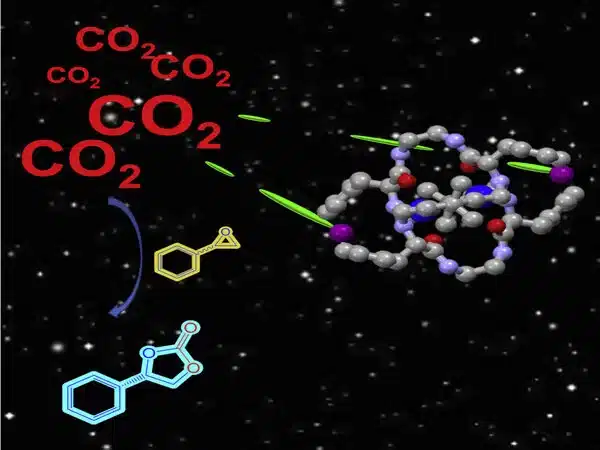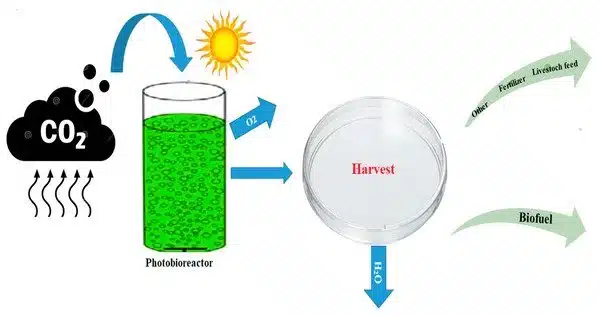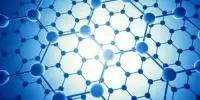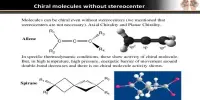-Electrocatalyst achieves unprecedented selectivity toward a desired product, a critical step in increasing output. -Traditionally, acetic acid, found in vinegar, is extracted from fossil fuels for use in paint and other product feedstock.
The need to capture CO2 and transport it for permanent storage or conversion into valuable end uses was recently identified as a national priority in the Bipartisan Infrastructure Law to achieve net-zero greenhouse gas emissions by 2050.
Northwestern University scientists have now collaborated with an international team of collaborators to produce acetic acid from carbon monoxide derived from captured carbon. The breakthrough, which employs a novel catalyst developed in professor Ted Sargent’s lab, could spark renewed interest in carbon capture and storage.
Carbon capture is feasible today from a technical point of view, but not yet from an economic point of view.By using electrochemistry to convert captured carbon into products with established markets, we provide new pathways to improving these economics, as well as a more sustainable source for the industrial chemicals that we still need.
Ted Sargent
“Carbon capture is feasible today from a technical point of view, but not yet from an economic point of view,” Sargent said. “By using electrochemistry to convert captured carbon into products with established markets, we provide new pathways to improving these economics, as well as a more sustainable source for the industrial chemicals that we still need.”
The paper was published in the journal Nature.
Sargent, the paper’s corresponding author, is a chemistry professor at Northwestern’s Weinberg College of Arts and Sciences and an electrical and computer engineering professor at the McCormick School of Engineering. His team has a track record of converting captured carbon into key industrial chemicals such as ethylene and propanol using electrolyzers (devices in which electricity drives a desired chemical reaction forward).
Though most people associate acetic acid with vinegar, one of the paper’s four co-lead authors, Josh Wicks, a recent University of Toronto Ph.D. recipient, says this is only a small portion of what it’s used for.

“Acetic acid in vinegar needs to come from biological sources via fermentation because it’s consumed by humans,” Wicks said. “But about 90% of the acetic acid market is for feedstock in the manufacture of paints, coatings, adhesives and other products. Production at this scale is primarily derived from methanol, which comes from fossil fuels.”
According to lifecycle assessment databases, the process emits 1.6 kg of CO2 for every kilogram of acetic acid produced from methanol. Their alternative method consists of two steps: first, captured gaseous CO2 is passed through an electrolyzer, where it reacts with water and electrons to produce carbon monoxide (CO). The gaseous CO is then passed through a second electrolyzer, where it is transformed into various molecules containing two or more carbon atoms by another catalyst.
“Selectivity is a major challenge for us,” Wicks said. “The majority of the catalysts used in this second step enable multiple simultaneous reactions, resulting in a mixture of different two-carbon products that can be difficult to separate and purify. What we tried to do here was set up conditions that favor one product above all others.”
Vinayak Dravid, another senior author on the paper and the Abraham Harris Professor of Materials Science and Engineering, is the founding director of the Northwestern University Atomic and Nanoscale Characterization (NUANCE) Center, which allowed the team to access diverse capabilities for atomic- and electronic-scale measurements of materials.
“To analyze materials down to the atomic scale, modern research problems are complex and multifaceted, requiring diverse yet integrated capabilities,” Dravid said. “Colleagues like Ted present us with challenging problems that stimulate our creativity and lead to the development of novel ideas and innovative characterization methods.”
According to the team’s analysis, using a much lower proportion of copper (approximately 1%) than previous catalysts would favor the production of only acetic acid. It also demonstrated that increasing the pressure to 10 atmospheres would allow the team to achieve unprecedented efficiency.
In the paper, the team reports a faradic efficiency of 91%, meaning that 91 out of every 100 electrons pumped into the electrolyzers end up in the desired product – in this case, acetic acid.
















